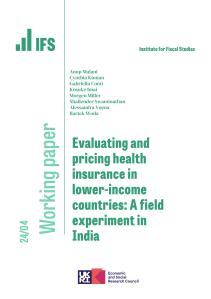Unprecedented internal migration to urban areas has happened in China over the last few decades. While, we know that migration has a bidirectional relationship with health, this relationship has only been studied to a limited extent in China. In particular, the exiting literature has neglected the effects of migration on health and well-being in later life, instead focusing on the relationship between these outcomes over the short term, and also have only focused on temporary rural-to-urban migrants with a rural hukou rather than the broader range of internal migration flows. The hukou system, also known as the Chinese household system, an institutional feature with the power to restrict population mobility and access to local welfare resources.
Using an inter-disciplinary approach, drawing on literature from economics, epidemiology and sociology, this paper conceptualises and examines the association between different forms of internal migration and their relationship with later-life health and well-being in China. It then attempts to draw conclusions on likely mechanisms through which migration affects health and well-being, including taking account of the selective nature of migration. To do this, we use the China Health and Retirement Longitudinal Study (CHARLS), a nationally representative and multi-disciplinary dataset that examines the circumstances of the Chinese population aged over 45 years old.
The results show that there are strong associations between migration status and later life health and well-being in China, with migrants to or within urban areas report the greatest health. Even after controlling for the selective nature of migration and other post-migration factors, there is still an unexplained, positive and statistically significant association between rural-to-rural migrants and rural non-migrants across all models. In terms of relevant mechanisms, selection of migrants seems to be particularly inportant in explaining the health and mental health differences between non-migrants and migrants to or within urban areas. Current socioeconomic circumstances and post-migration adaptation also explain some health differences between migrant groups and non-migrants.









